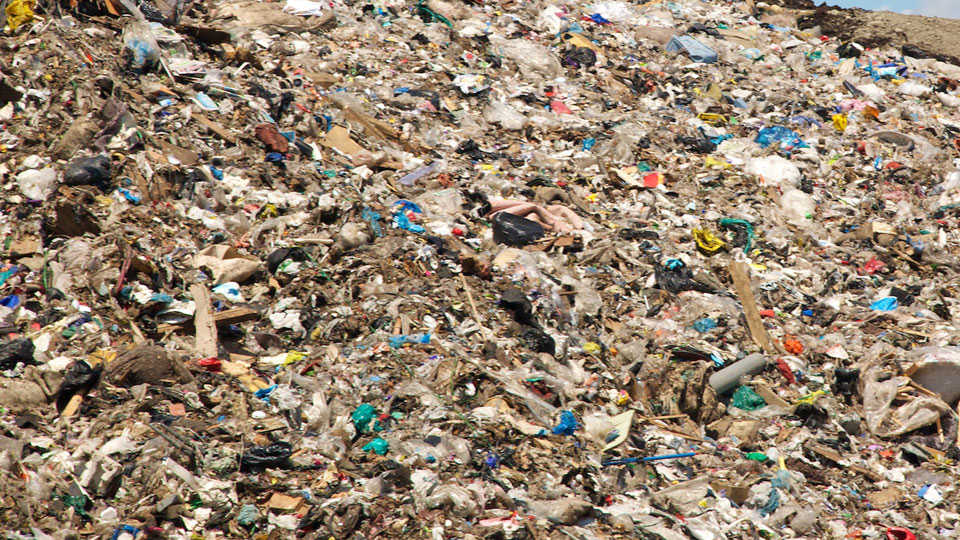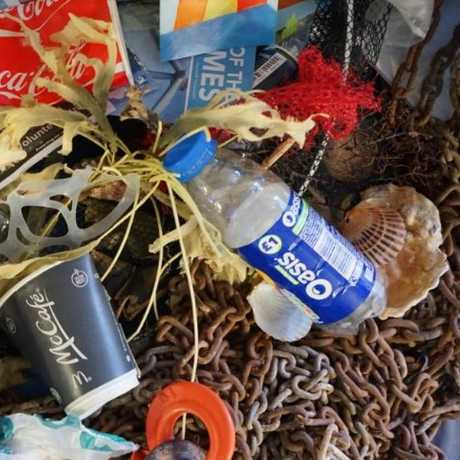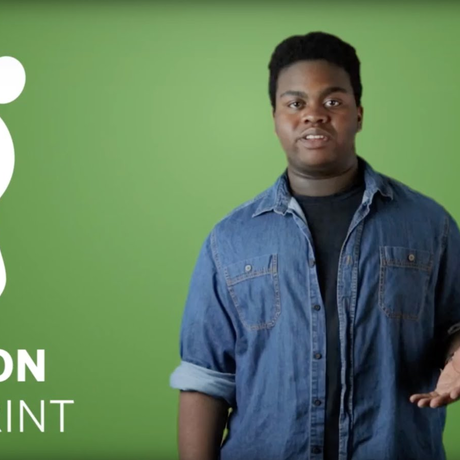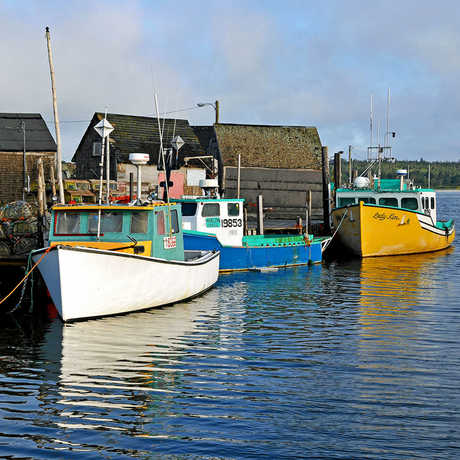The aim of this activity is to familiarize people with the process of composting, and clarify which bin waste items go in. While many San Francisco residents regularly recycle, fewer compost their food scraps at home. Additionally, regional variation in waste disposal policies and confusing packaging labels can often leave even the most well-intentioned person asking “which bin does this go in?”
According to a 2012 US EPA report, an average American generates 4.3 pounds of trash each day, and 65% of this is disposed in landfills or incinerators, which takes up large areas of land, and contributes to greenhouse gases. To mitigate this, the city of San Francisco is aiming to be “waste free” by 2020. Currently San Francisco recycles or composts an impressive 80% of its waste. In order to meet the zero-waste goal, the city has mandated recycling and composting programs to reduce landfill waste.
San Francisco is able to recycle and compost most household waste. Anything that comes from a plant or animal can be composted, including bones, waxed to-go containers and milk cartons. Items made of clean paper, rigid plastics, glass, or aluminum can be recycled. Items that are made of multiple materials or do not fit into the categories above go into the landfill.
While these basic rules are helpful, there are a few items that can be sorted into surprising locations. For example, disposable razors can be recycled, waxed paper can be composted, and small pieces of wood should go in the landfill. Also, items like plastic bags and batteries can be recycled, but should be separated from other items. It can be helpful to look at the Recology website and whatbin.com for the most up to date information.
Some of the items that are often incorrectly sorted in San Francisco are listed below, along with information about how to properly dispose of them.
- Soiled paper can go into a compost bin, but clean paper goes into the recycling bin.
- Plastic to-go containers should be put into a recycling bin after the leftover food is placed into a compost bin.
- When you put your recyclable items in the bin, either place them in loose or in a paper bag. Don't collect them in a plastic bag, as that will get stuck in the recycling equipment! Plus, plastic bags need to go to the landfill.
- If you have many clean plastic bags or lots of clean bubble wrap, bundle them in one bag no bigger than a soccer ball, tie up the bag, and place the full bag in the recycling bin. However, don't place single plastic bags in the recycling bin.
When we sort refuse correctly we help the environment in several ways. First, we conserve useful raw materials. Recyclable materials can be used to make new products, and compostable items can become useful fertilizer for agriculture. These materials go to waste if they are put into a landfill. Second, keeping landfills small saves space and energy. Landfills require significant energy, resources, and space to manage. There is significant infrastructure that has to be put in place to keep waste from leaking into the ground water or creating air pollution problems.
Currently, San Francisco’s landfill waste goes to a landfill in the Altamont Landfill in Alameda County. As of march 2013, there is 14-million tons of waste in the Altamont Landfill which has a 15 million ton capacity. At current rates of disposal, the Altamont Landfill will run out of space for San Francisco’s waste in January 2016 (Zero Waste FAQ). Once this landfill is full, San Francisco has proposed sending its waste to a landfill in Yuba County, over 100 miles away. When recyclable or compostable materials are sent to the landfill, it requires energy for transportation, and it takes up precious landfill space.
By contrast, there are significant benefits to composting. Composting generates revenue, and also provides farmers an effective fertilizer for their crops. San Francisco’s compost is sent to Jepson Prairie Organics in the central valley of California where it goes from food scraps to useable compost in approximately 60 days. This compost is then sold to vineyards in northern California.
Another way to reduce waste is to use reusable materials. Reusable grocery bags have become more common as plastic bags were banned from the city in 2012, and recent littering audits have noted a drop in the bags found (Media Matters 2015). By using reusable water bottles, utensils, and other objects, we can keep trash out of landfills by not creating any in the first place.
Below are web resources with more background information:
- What Bin has information on how to properly sort confusing waste items.
- SF Environment has information how San Francisco is addressing environmental issues including waste, transpiration, energy, and more.
- Recology has information about waste collection, pricing, and the Waste Zero 2020 initiative.
- Jepson Prairie Organics has information about San Francisco’s composting system and process.



